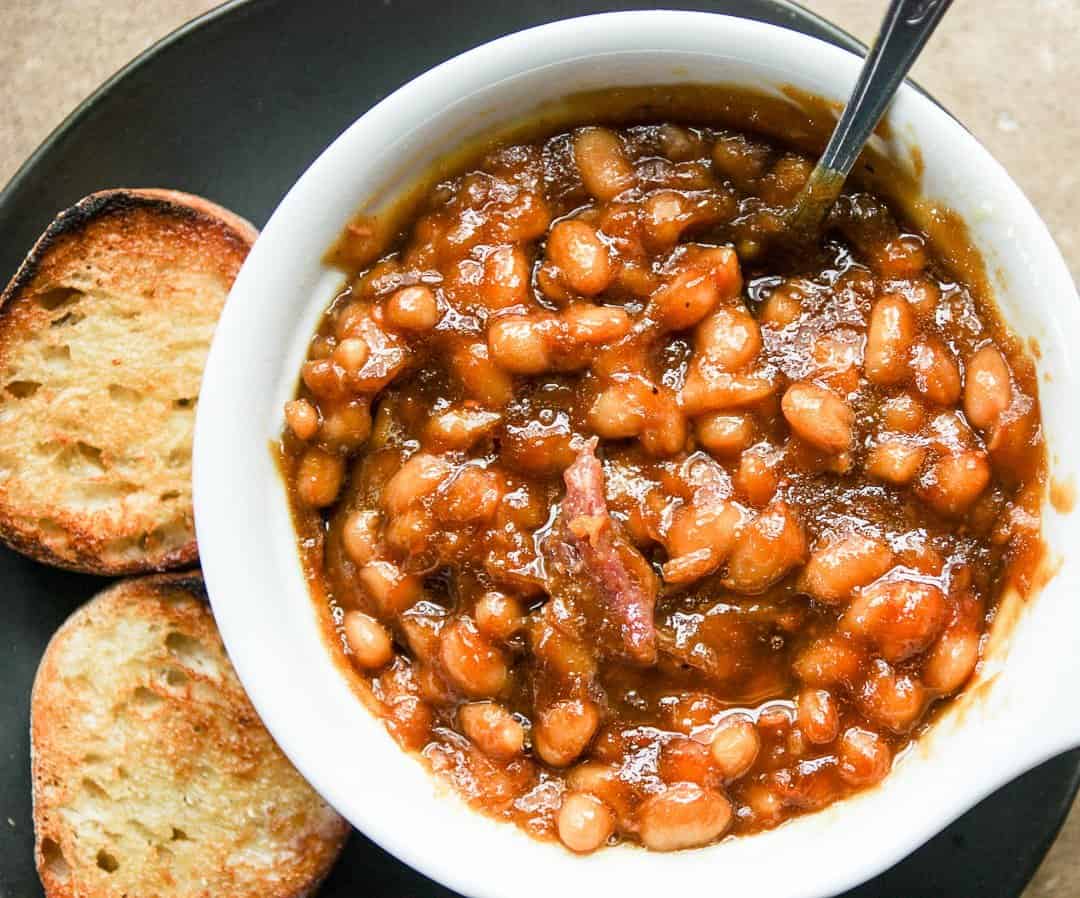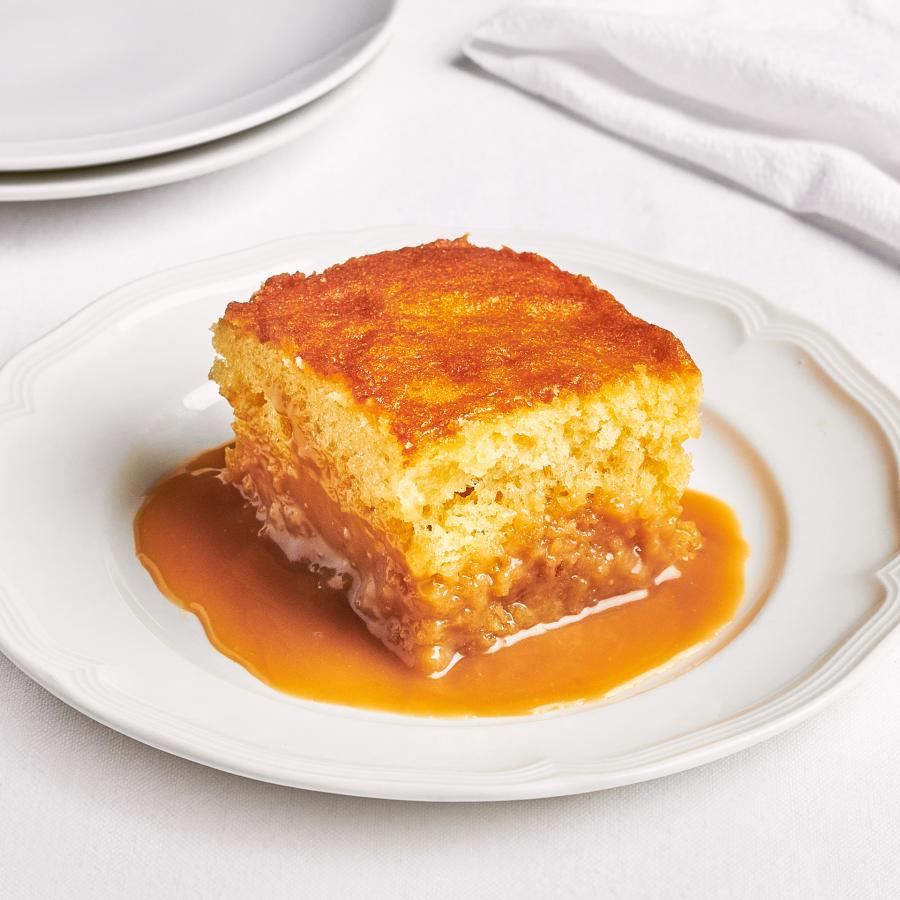Menu
Have a good experience of Canadian cuisine at 'Our Canadian Food'

Bannock
Deep-fried flat dough bread
$3.25/2pc

Canadian Baked Beans
White navy beans baked in tomato sauce, served with 2 slices of baguette
$5.5

Split Pea Soup
Thick, savoury soup made with yellow split peas
$4.25

Poutine
French fries and cheese curds
topped with a brown gravy
$10.99

Lobster Rolls
Lobster meat served on a
grilled hot dog-style bun
$59/2pc

Hawaiian Pizza
Pizza topped with pineapple, ham, tomato sauce, and cheese
$19.99

Pouding Chômeur
Sponge cake baked on top of a sweet syrup mixture made from brown sugar, water, and milk
$3.5/pc

Saskatoon Berry Pie
Sweet and fruity pie with a
Saskatoon berry filling
$4.25/slice

Butter Tarts
Small pastries filled with a
sweet custard-like filling
$1.8/pc
Images from Freepik